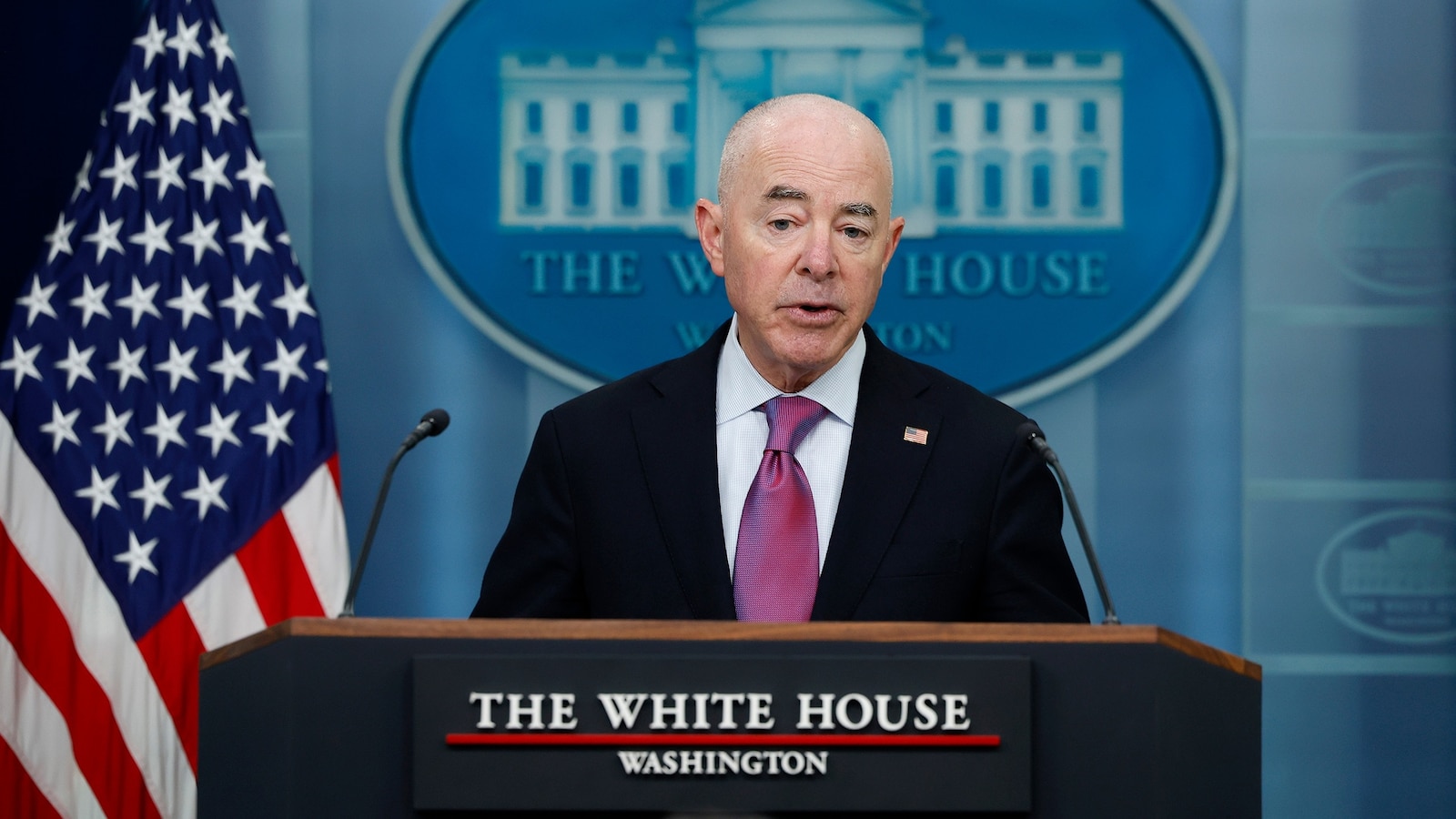Introduction
In recent weeks, a series of drone sightings across New Jersey have captured the attention of both the public and federal authorities. This surge in aerial activity has raised questions about airspace safety, privacy concerns, and potential security threats. In response, Homeland Security Secretary Alejandro Mayorkas has stepped forward to address these concerns, outlining the measures federal authorities are implementing to tackle this growing issue. As drone technology becomes increasingly accessible, understanding the implications of these encounters is critical for ensuring the safety and security of the airspace.
The Surge in Drone Sightings
Reports of drone sightings in New Jersey have proliferated, with residents observing unmanned aerial vehicles (UAVs) in various locations, including residential neighborhoods, parks, and near critical infrastructure. While many drone operators are hobbyists adhering to safety regulations, the increasing frequency of sightings has prompted a reevaluation of the existing regulatory framework governing drone use.
- Public Safety Concerns: The presence of drones in populated areas raises potential safety risks. Concerns range from near-misses with commercial aircraft to the possibility of drones being used for illicit activities.
- Privacy Issues: As drones are equipped with advanced imaging technologies, there are fears regarding surveillance and the invasion of personal privacy.
Federal Response to Drone Sightings
Secretary Mayorkas has emphasized that the federal government is taking these incidents seriously. The Department of Homeland Security (DHS) is working closely with the Federal Aviation Administration (FAA) and local law enforcement agencies to assess and respond to the situation. Key components of their response include:
- Enhanced Surveillance: Federal authorities are implementing measures to increase surveillance in areas with reported drone activity. This includes the use of radar and other detection technologies to identify and track unauthorized drones.
- Public Awareness Campaigns: Educating the public about drone regulations and safe operating practices is crucial. The DHS is collaborating with local governments to disseminate information about the legal boundaries of drone usage.
- Collaboration with Tech Companies: The federal government is engaging with drone manufacturers to explore ways to integrate safety features that could prevent unauthorized flights in sensitive areas.
Implications for Airspace Safety
The increasing prevalence of drones poses significant challenges to airspace safety. As drone technology continues to evolve, traditional air traffic management systems must adapt to accommodate both manned and unmanned aircraft. The implications of drone sightings include:
1. Air Traffic Management
As more drones enter the airspace, the risk of collisions with commercial aircraft rises. The FAA is tasked with developing comprehensive air traffic management systems that can incorporate drones into existing frameworks. This includes:
- Implementing Remote Identification: Mandating that drones broadcast their identity and location to enhance situational awareness.
- Creating No-Fly Zones: Establishing designated areas where drone flights are prohibited, particularly around airports and critical infrastructure.
2. Regulatory Frameworks
The current regulatory framework governing drone operations may be insufficient to address the challenges posed by increased drone activity. Key considerations include:
- Licensing and Training: Implementing stricter licensing requirements for drone operators to ensure they understand airspace regulations and safe operating practices.
- Enforcement Mechanisms: Enhancing enforcement capabilities to ensure compliance with regulations, including penalties for unauthorized drone flights.
Privacy and Surveillance Concerns
The use of drones equipped with high-resolution cameras and other sensing technologies raises significant privacy concerns. As drones become more prevalent, the potential for surveillance increases, prompting discussions about the need for comprehensive privacy legislation. Key issues include:
- Data Protection: Establishing guidelines for how data collected by drones is stored, shared, and used. The public needs assurance that their privacy is being respected.
- Community Engagement: Encouraging dialogue between drone operators and community members to address concerns and establish trust.
Broader Implications for Society
The implications of drone sightings extend beyond airspace safety and privacy; they also touch on broader societal issues, including:
1. Technological Advancements
As drone technology advances, it is essential to consider how these developments can benefit society. Drones have the potential to:
- Enhance Delivery Services: Companies are exploring drone delivery solutions for packages, which could revolutionize logistics.
- Assist in Emergency Response: Drones can provide critical support during natural disasters by delivering medical supplies or assessing damage.
2. Economic Impact
The drone industry is poised for significant growth, which could create new job opportunities and stimulate economic development. Understanding the balance between regulation and innovation is crucial for fostering a thriving drone economy.
Conclusion
The recent surge in drone sightings across New Jersey has prompted a multifaceted response from federal authorities, highlighting the need for enhanced airspace safety measures and regulatory frameworks. As drones become more integrated into everyday life, it is imperative to address the accompanying challenges of privacy, safety, and technological advancement. By fostering collaboration between government, industry, and the public, stakeholders can work towards a future where drone technology is harnessed responsibly and beneficially. The path forward will require careful navigation of the complexities of drone usage, ensuring that the skies remain safe for all users while embracing the potential benefits these innovative technologies offer.
See more Future Tech Daily

